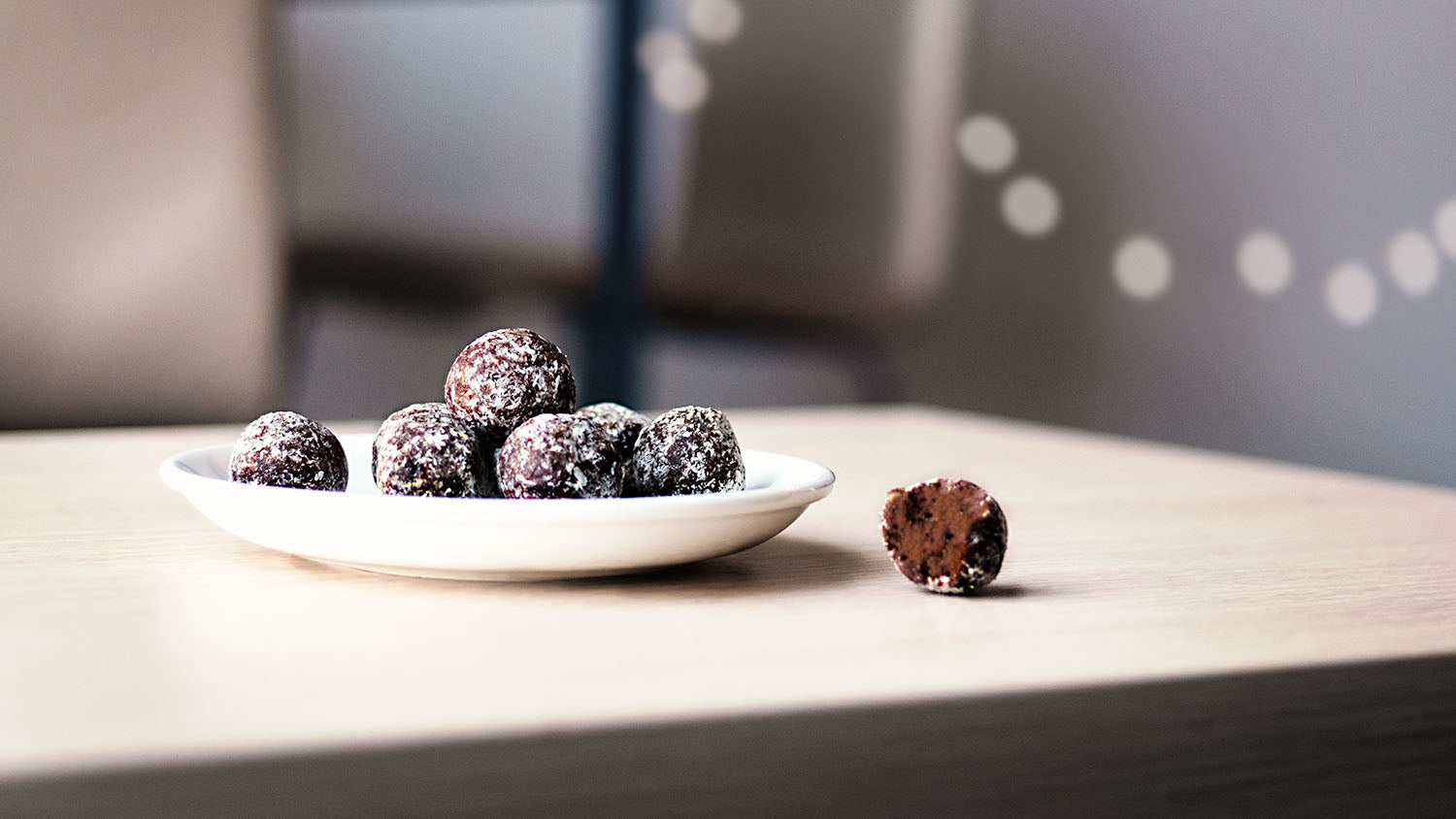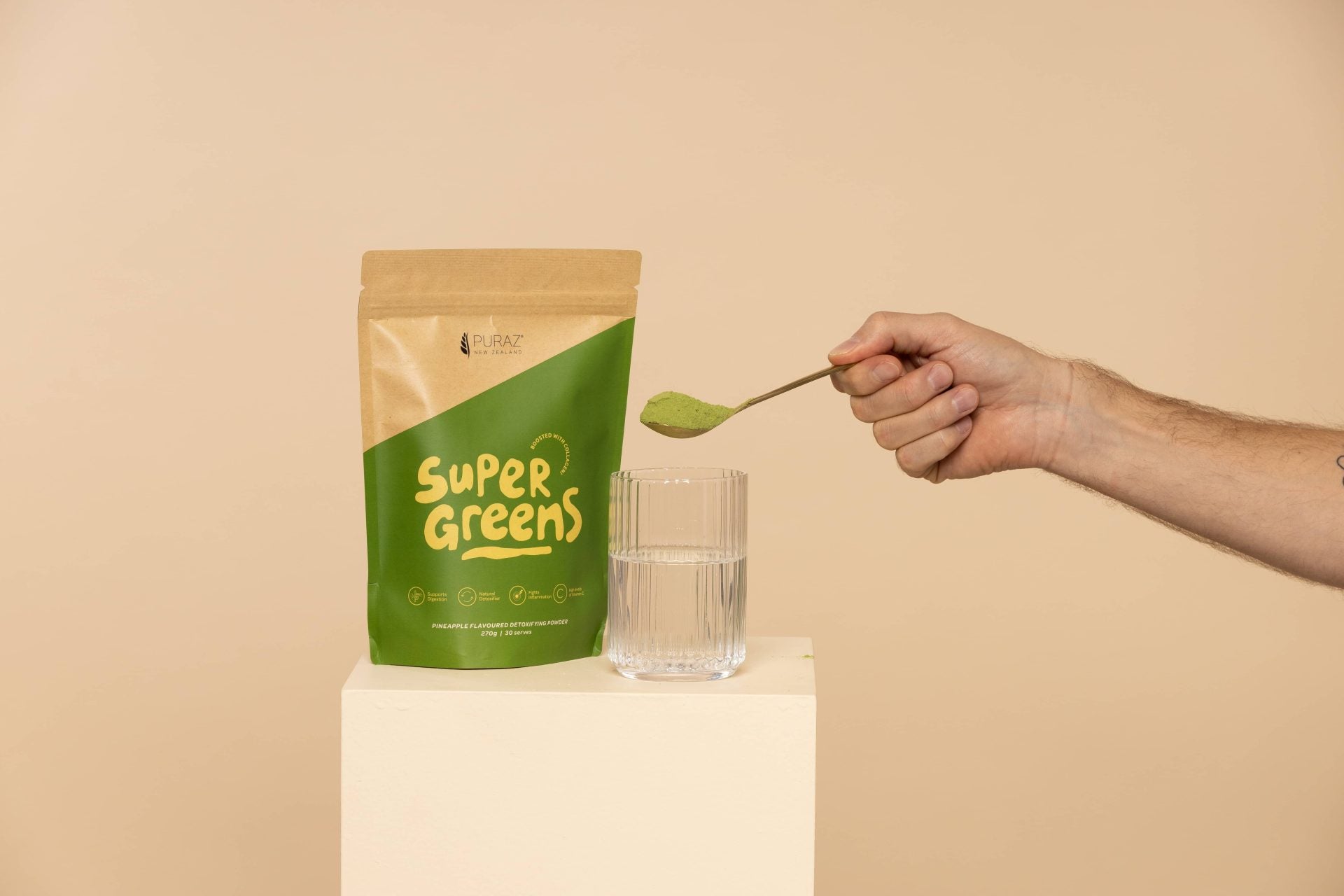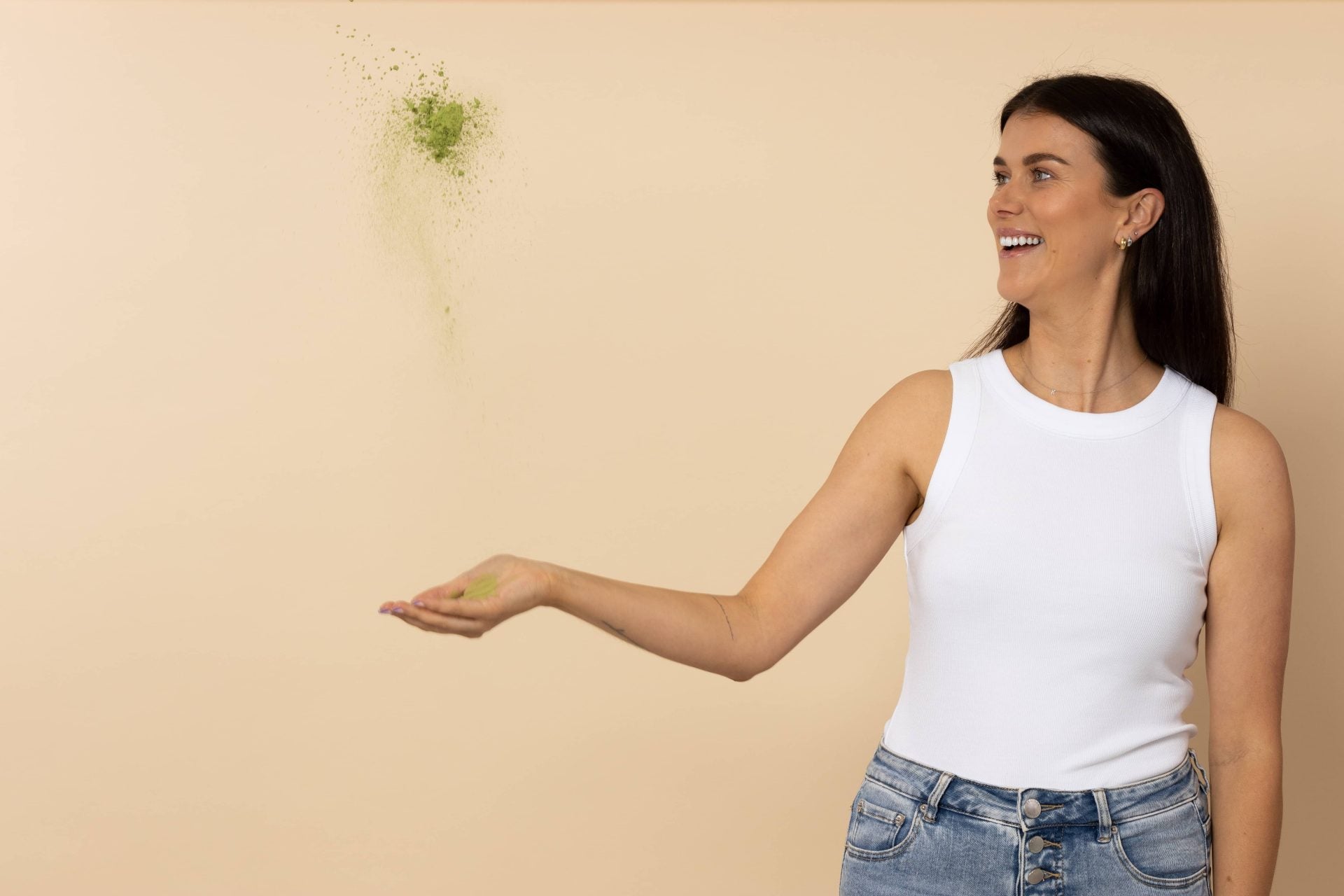There are many reasons why getting to sleep easily may be something you could only dream of, and one of those is a dysregulated circadian rhythm.
When it comes down to it, humans are animals and have evolved in synch with the many cycles of our home planet. One of the most obvious cycles we encounter from birth is the daily rhythm of light/darkness, and by the age of about 4 months, our bodies should know to be more active when it’s light and sleepier when it’s dark. Our internal clock becomes strongly synched to external time, and falling out of synch doesn’t just affect sleep and tiredness, but has an impact on mood, digestion and appetite, glucose regulation, brain function, DNA function and cancer risk.
Unfortunately our modern lifestyles often disregard natural cycles, with artificially elongated daylight, extensive time indoors and shift work confusing our cells. While understanding that some things are out of our control, if you’re in a position to do consider circadian rhythm training, there is a chance it could help with insomnia. In this article we're going to discuss three external things, or ‘zeitgebers’ that act as synchronisers for the circadian system: light, stimulation and food.
Light
Within our eye there are cells that specifically sense light intensity and relay this information to the brain region which control levels of melatonin, the sleep hormone. In particular, daylight or ‘blue light’ signals ‘awake time!’, whereas a more amber or yellow light indicates dusk.
Annoyingly, our favourite devices, TV, phones and tablets, give off blue light, and our indoor environments often feature ambient, amber, lighting. In addition, indoor environments, no matter how well lit, are only a fraction as bright as the great outdoors, so we can lack a clear delineation between day and night. Light training involves finding ways to bring this light/dark separation back in some way: put the phone away earlier, dim the lights at night, try and get up with the sun and take a morning walk. Getting up and going to bed at schedule times each day can help your body understand what it’s supposed to do.
Stimulation
It’s not just light that tells our brains it is day. Simulations such as exercise, socialising, making decisions, working and caffeine all signal to our brains and bodies that it’s day and time to be awake and doing stuff. Nighttime rituals that reduce stimulation can help set the tone for sleep. So, (again), putting the phone down, stopping work at a decent hour, reading something relaxing, soft music, perhaps a nice bath?
Food
Before the advent of artificial lighting, most eating was done during the daylight hours, when you could see what you were preparing and eating. Once the light vanished, it would then be typical to fast until morning. Modern day eating patterns have moved our eating window to much later in the day, meaning we have more energy available than needed for sleep activities. Late dinners may also interfere with the drop in body temperature that is required for initiating sleep[1] . If insomnia is a problem for you, try eating a decent breakfast within an hour of waking, then tapering your food intake throughout the day, finishing with an earlier, lighter dinner.
Sleep problems can be complex and hard to resolve, but one of the things you can address is getting your circadian rhythm on point. It may require a little effort but take it one thing at a time, and you may be much closer to a great night’s sleep more often.
Reference
- Front. Physiol., 25 June 2019








